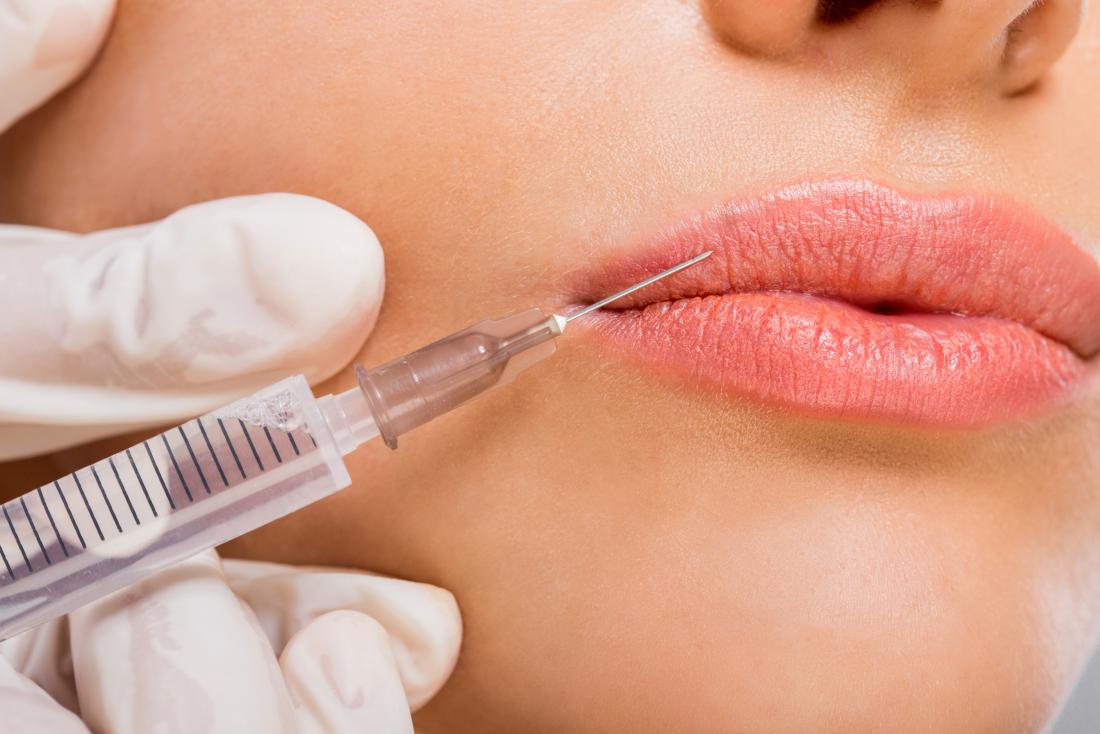
What are dermal fillers?
Dermal fillers help to diminish facial lines and restore volume and fullness in the face. As we age, our faces naturally lose subcutaneous fat. The facial muscles are then working closer to the skin surface, so smile lines and crow’s feet become more apparent.
How Dermal Fillers Work?
Dermal fillers are a naturally-derived or synthetic material that is directly injected into skin with the purpose of plumping that area to the point where the wrinkle, depression, or fold is gone. Depending on the type of filler, the effects can last anywhere from six months to two years; for semi-permanent or permanent fillers, the effects can last up to five years, and there are reports of even longer-lasting results.
Don’t confuse dermal fillers with Botox. Although both procedures involve injections, Botox is most often injected around the forehead and wrinkles around the eyes (crow’s feet) to stop muscle movement that results in wrinkles. It has nothing to do with the plumping smoothing effect dermal fillers have .
Because they work in different manners, many people elect to get both Botox and dermal fillers—the combination can produce a remarkably younger-looking face.
Risks from Dermal Fillers
After all is said and done, the major issue for fillers is one of longevity, followed by risk of migration and lumping, and ultimately the skill of the doctor in placing the right amount of filler in exactly the right place. Regardless of the material, there is a learning curve to injection techniques as well as understanding how the varying substances affect skin. We have experienced doctors who has been injecting dermal fillers for some time, and who has loads of experience, preferably with more than one type of filler. Most people considering fillers have more than one area of concern fillers can address and different fillers are available to specifically treat those concerns, such as lines around the mouth.


